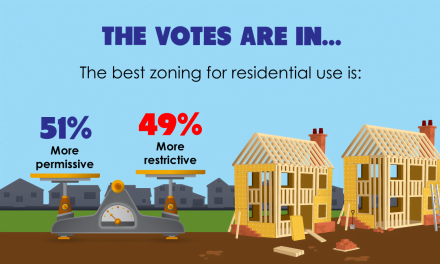California’s 2019 fire season is winding down, but the state’s home insurance crisis is just heating up.
Thanks to worsening fire seasons, homeowners’ insurance premiums are skyrocketing in areas at greater risk for wildfires. In many cases, insurers are dropping or refusing to renew policies in high fire risk areas.
Canceled
The California Department of Insurance (CDI) is responding to this crisis by issuing a mandatory one-year moratorium banning insurers from dropping homeowners’ insurance policies in and around areas affected by the 2019 California wildfires. The temporary ban on insurer-initiated non-renewals went into effect December 5, 2019 and ends December 5, 2020.
In addition, insurers need to offer to rescind any cancellation and non-renewal notices issued since the Governor’s emergency declarations in October 2019, and offer to reinstate or renew policies whose notices were issued due to wildfire risk.
The moratorium covers zip codes in and around areas affected by the 2019 California fires, which so far covers the:
- Saddleridge Fire;
- Eagle Fire;
- Kincade Fire;
- Tick Fire;
- Getty Fire;
- Hill Fire; and
- Maria Fire.
For a full list of the zip codes affected by the moratorium, download the Commissioner’s bulletin here. Expect the CDI to update this list with expanded zip codes as more fire data becomes available.
Insurance Commissioner Ricardo Lara’s moratorium is made possible by Senate Bill 824 (SB 824), which Lara authored in 2018 while serving as a state senator. It is intended to provide temporary relief from non-renewals to residents living near declared wildfire disaster areas.
Separately, the bill also allows the Commissioner to collect data from insurance companies to produce a report that will help insurers develop more appropriate policies. SB 824 gives insurers the opportunity to justify their insurance rates, a wise policy now that the industry is under such intense public scrutiny.
The ban will affect roughly 800,000 California homeowners, according to the CDI. Read the full press release here.
An industry ablaze
The moratorium comes a year after California’s deadliest and most destructive fire season. Determined to learn from 2018’s record-breaking fires, California is balancing industry health with homeowner needs.
On one hand, California’s home insurance industry is scrambling to ensure its business model remains profitable in an environment where extreme fire danger is a seasonal norm. One insurance company, Merced Property & Casualty, already went under as a direct consequence of millions in claims for properties destroyed in 2018’s Camp Fire.
On the other hand, homeowners need relief from exorbitant premiums and the annual threat of a non-renewal notice. As a result, homeowners in high risk areas are purchasing less coverage relative to their home’s value and opting for higher deductibles. This trend of underinsuring high-risk properties reflects homeowners’ plight. Many simply can’t afford their soaring premiums and are forced to go with ineffective coverage.
Even the FAIR Plan, California’s insurance market of last resort, falls short. FAIR Plan policies are meant as a last resort since they offer basic protection for properties uninsurable thanks to unique or extreme risks. Because of increasingly costly fire seasons, these policies are shouldering more than their fair share of the market. In fact, new FAIR Plan enrollments grew 177% between 2015 and 2018 in the ten California counties with the most homes in high-risk areas.
The moratorium offers homeowners some breathing room to adapt to more dangerous fire seasons and install or improve fire safety measures.
Extinguishing fear
Shrewd agents will watch how insurance companies react to this moratorium for signs of the industry’s (and their local market’s) stability. After all, insurance costs can surprise buyers at the end of a transaction and upend a sale that otherwise pencils out.
With cancellations and non-renewals on the rise, agents can establish themselves as local experts by reaching out to frustrated homeowners. Prevention should be your clients’ number one focus in this conversation. Be prepared for homeowner questions by staying on top of home fire safety standards in high-risk areas. Click through for recommendations on hardening a home for any fire season.
Related article:














